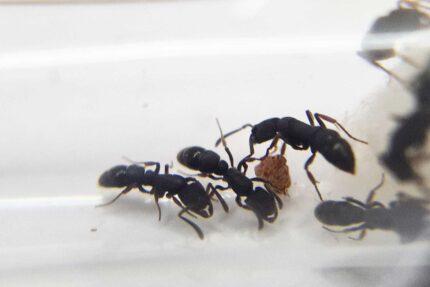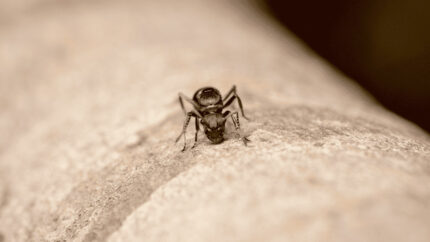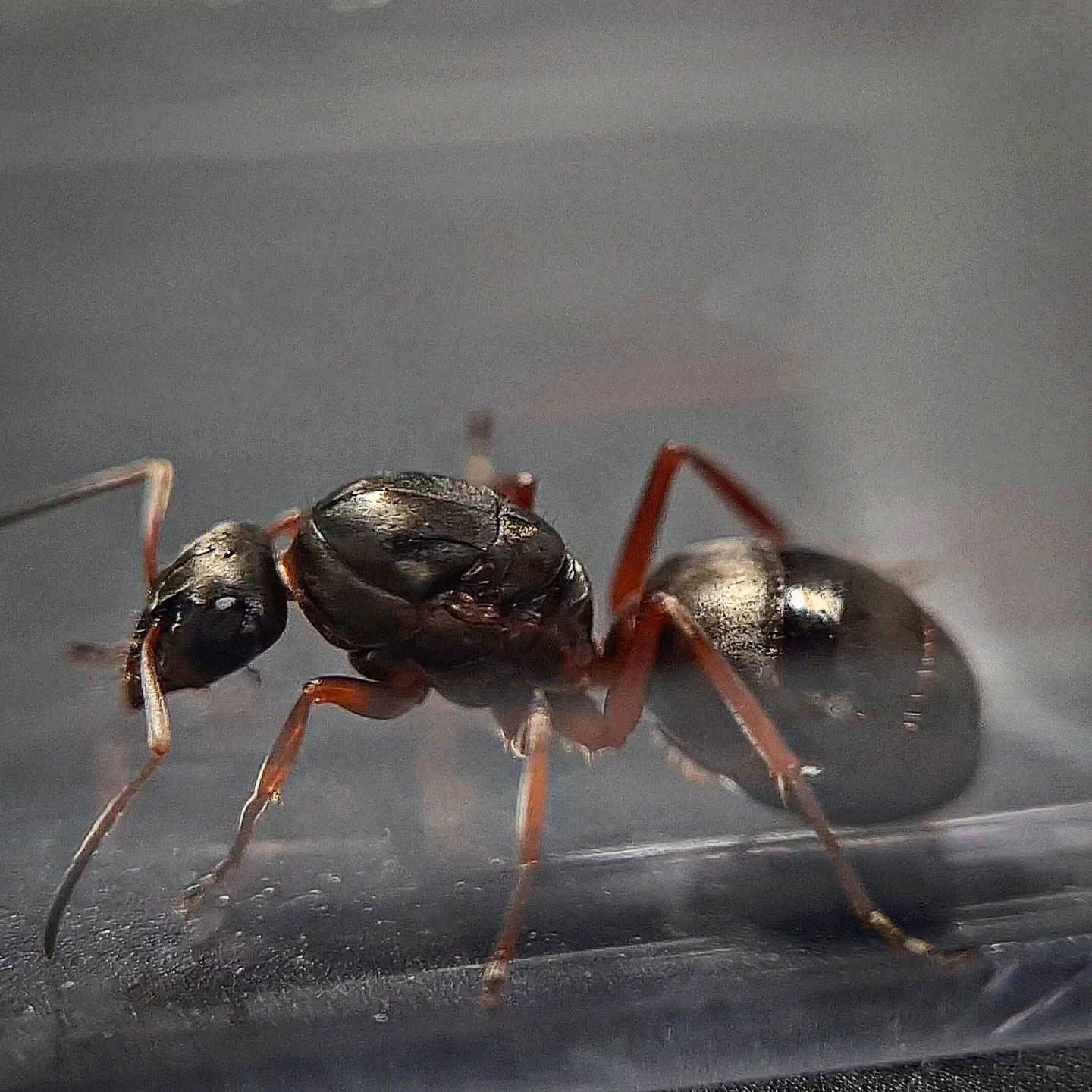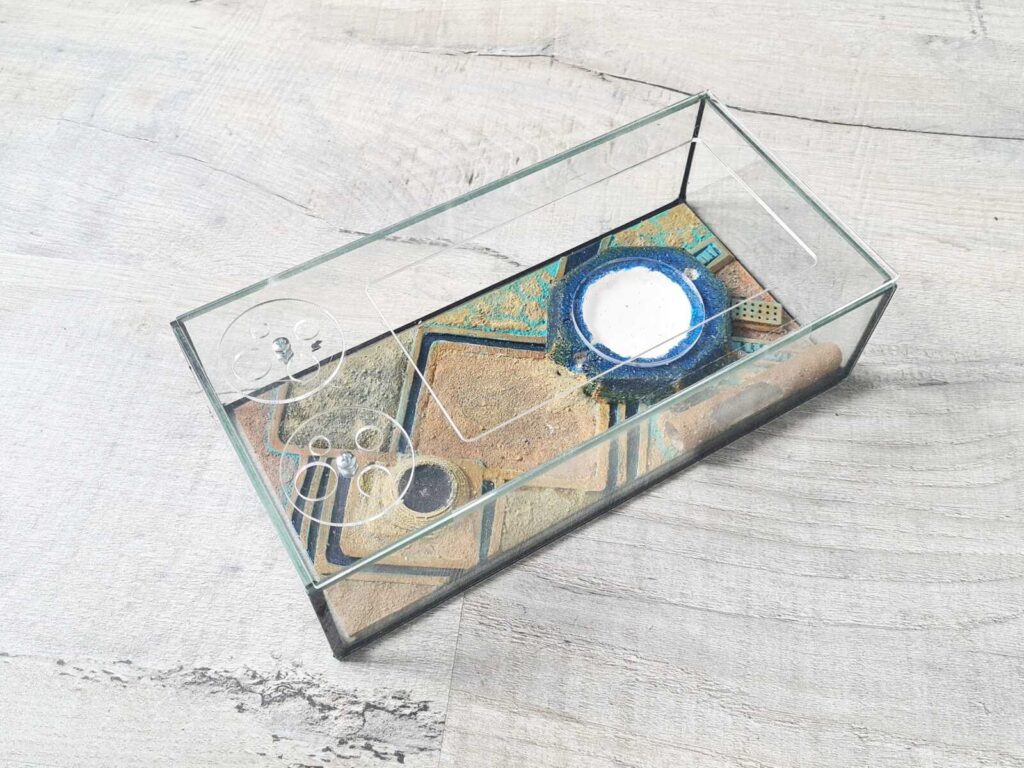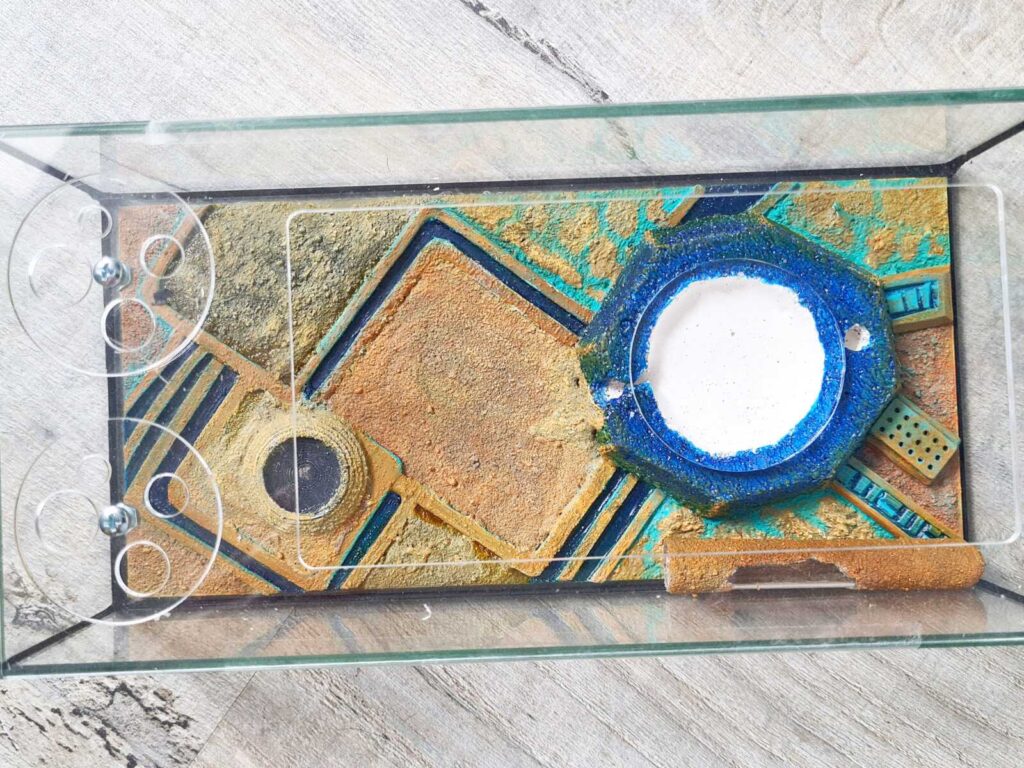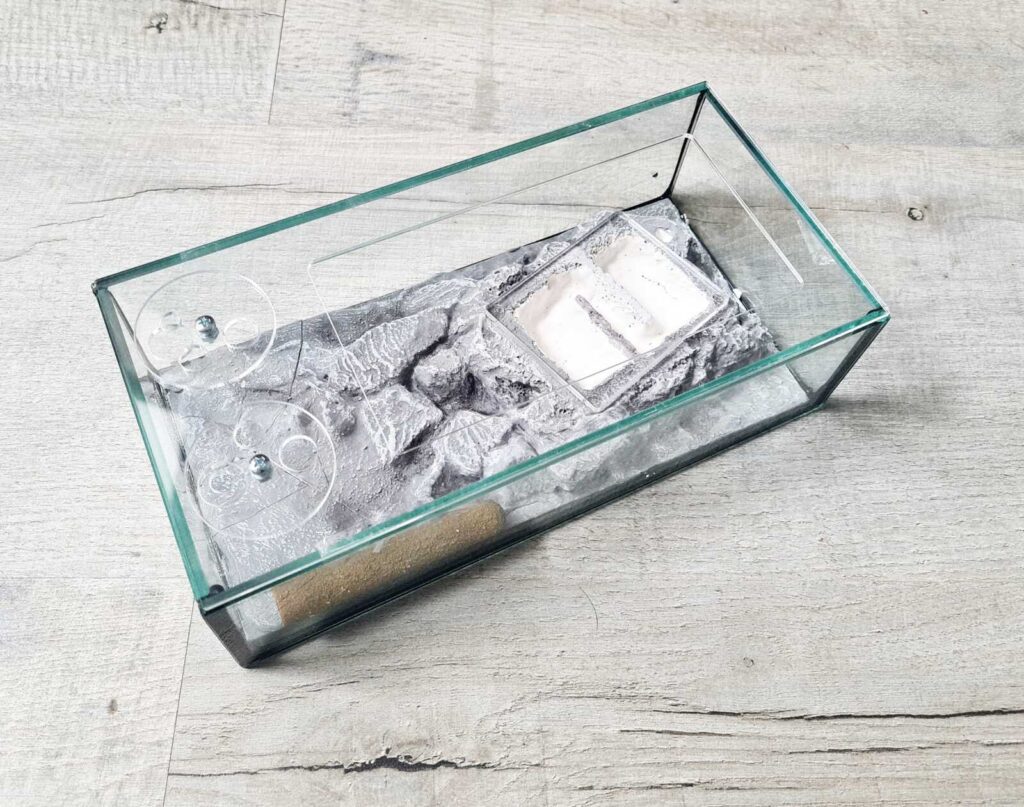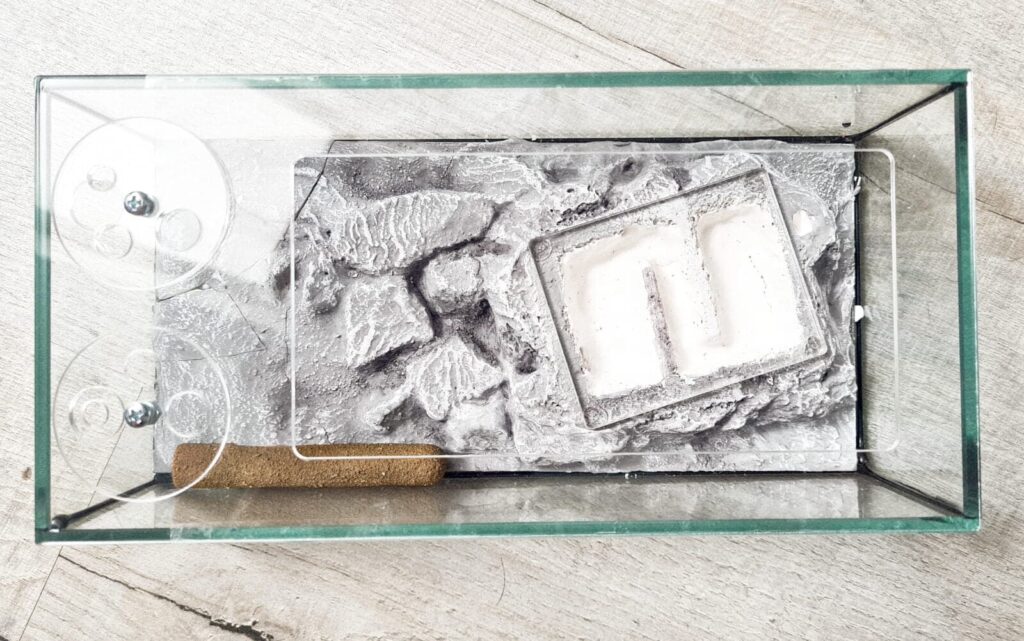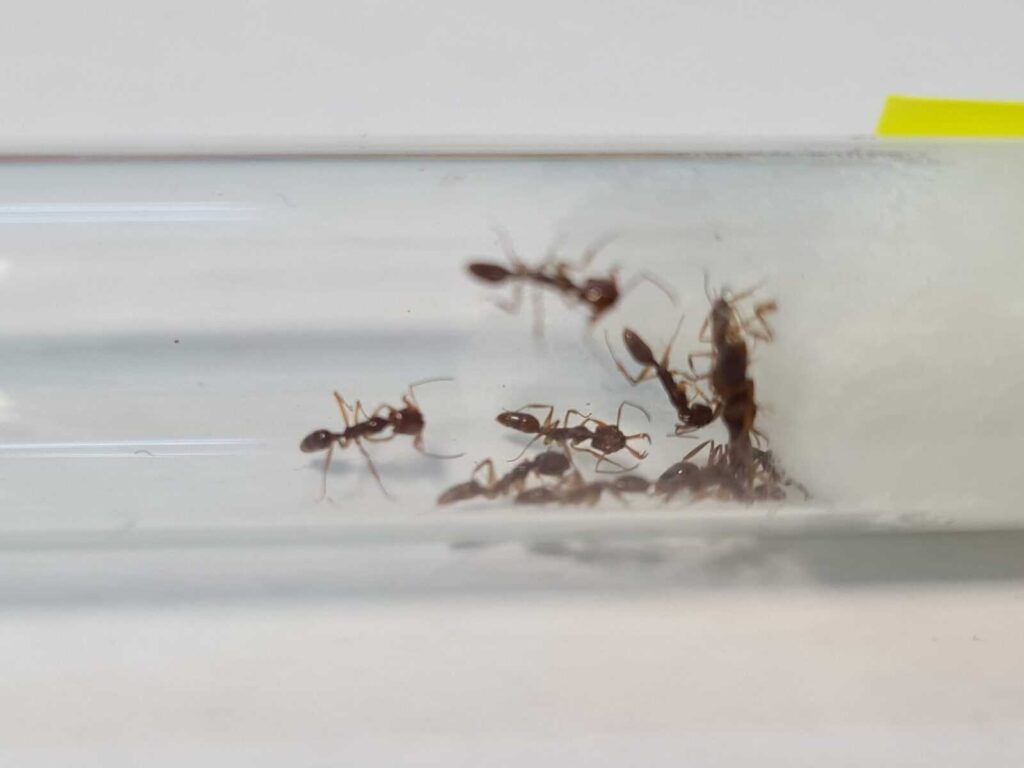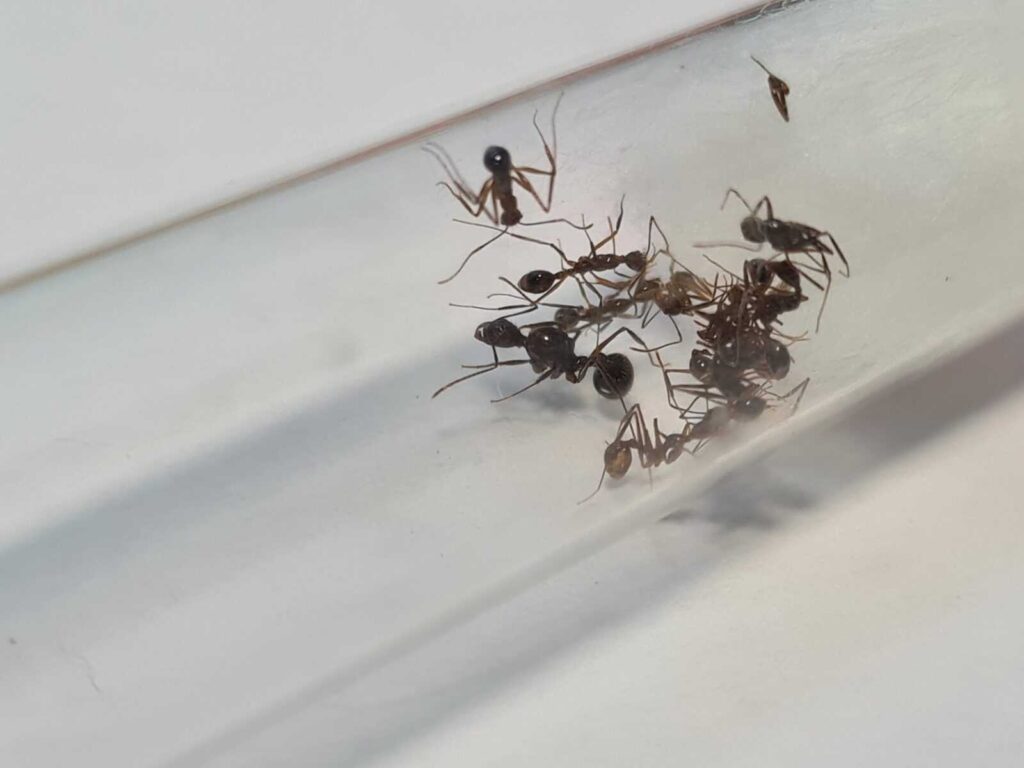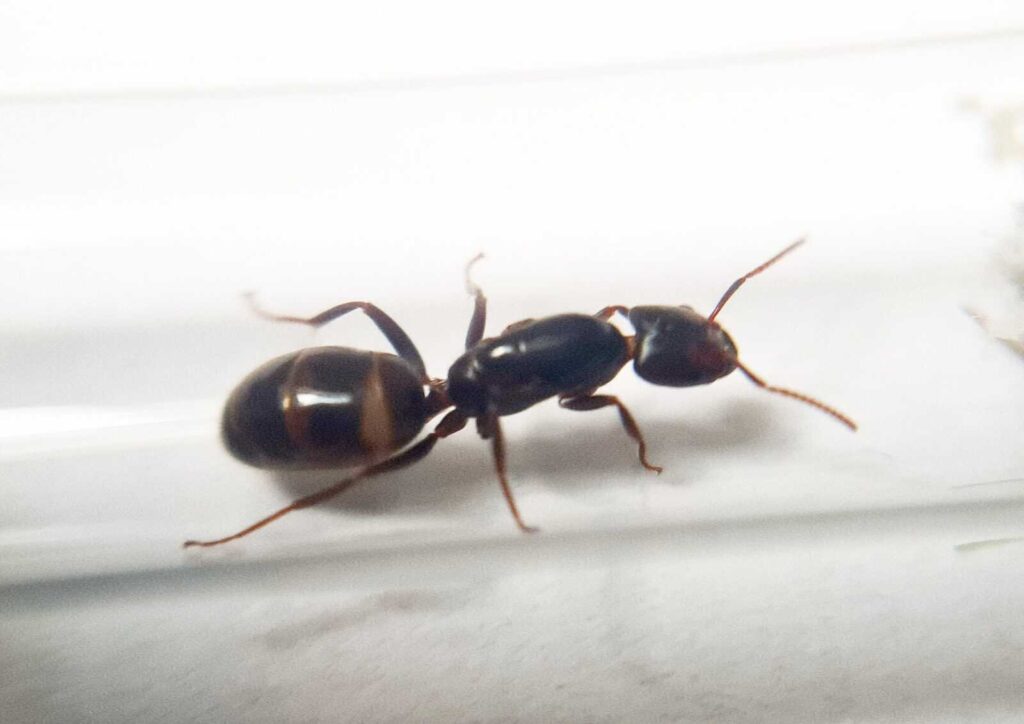Formica cunicularia
59,70 zł – 175,90 zł
Worldwide shipping
Free delivery over 500 PLN
The highest quality of goods
Live delivery guarantee
24/7 Personal Support
Fair Prices
Description
The Formica cunicularia ant species is monogynous and can grow up to a colony size of 10,000 workers. They have a medium development rate. The queen ant measures 8-11mm while the workers measure 4-6mm. They have a rusty chest color with a dark gray belly and head. Their diet includes food insects, syrup, fruits, vegetables, jelly, and cooked chicken without salt.
Additional information
| Behavior | |
|---|---|
| Difficulty in breeding | |
| Origin | |
| The size of ants | |
| Wintering |
Formica cunicularia – The Rusty Chest Ant
Formica cunicularia, also known as the Rusty Chest Ant, is a species of ant that is commonly found in various parts of the world. These ants are known for their distinctive rusty chest color and dark gray belly and head. They belong to the monogyny colony type, meaning that each colony consists of a single queen. The colony size can reach up to 10,000 worker ants.
Colony Type and Size:
Colony Type: Monogyny
Colony Size: Up to 5000 workers
Development Speed: medium
Size and Color:
- Queen: 8-11 mm
- Workers: 4-6 mm
The ants have a unique coloration with a rusty chest and a dark gray belly and head, making them easily identifiable.
Nutrition
- Food insects (such as cockroaches and crickets) dead, or live if colony is big
- Syrup (a mixture of water and honey or sugar, with a ratio of 4/3 water:1)
- Fruits and vegetables
- Jelly
- Cooked chicken without salt, shrimps
- Honey
Don’t forget to check out our food products to ensure a well-balanced diet for your colony!
Humidity and Temperature:
- Humidity: Arena: 30-50%, Nest: 50-70%
- Temperature: Arena: 18-28 °C, Nest: 22-26 °C
Special Traits and Behavior
Formica cunicularia ants have a unique behavior of collecting honeydew from aphid colonies. They are known to “farm” aphids, protecting them from predators and receiving a sugary substance called honeydew in return.
Recommended Nests for Breeding
There are several types of nests that are suitable for breeding Formica cunicularia ants. These include acrylic nests, gypsum nests, aerated concrete nests, earth nests, and cork nests. These nests provide the ants with a suitable environment to build their colonies and ensure their overall well-being.
Overall, Formica cunicularia, or the Rusty Chest Ant, is an intriguing species of ant with its distinctive appearance and unique behaviors. They have specific environmental needs and a diverse diet, making them a fascinating species to observe and study in their natural habitats.


